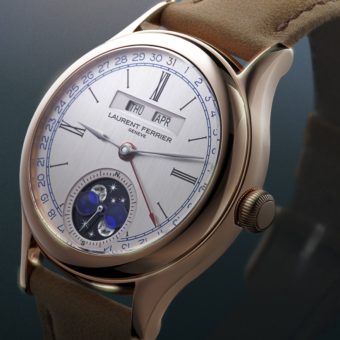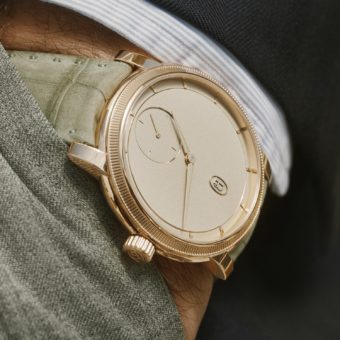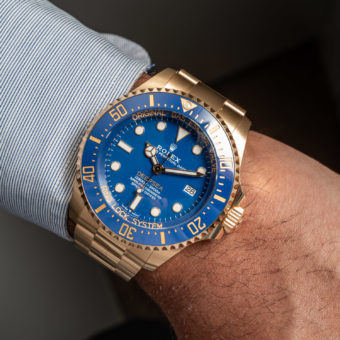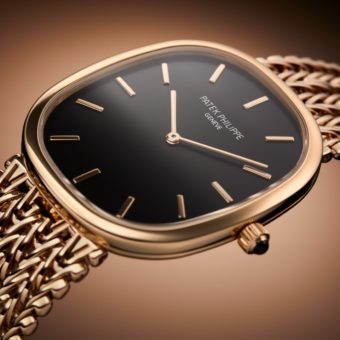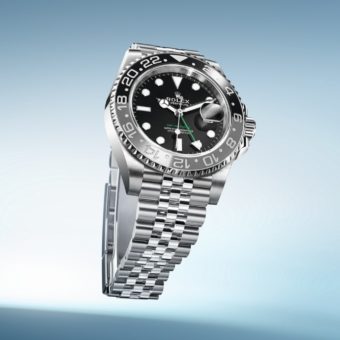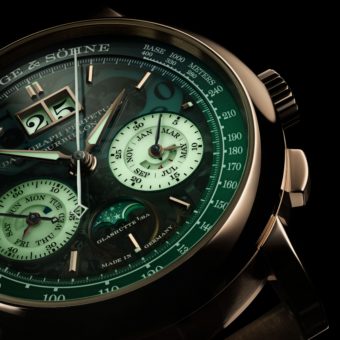Glashütte Original’s Alfred Helwig Tourbillon 1920 pays tribute to the legendary Saxon schoolmaster who invented the flying tourbillon, on the occasion of the device’s 100th anniversary in 2020.
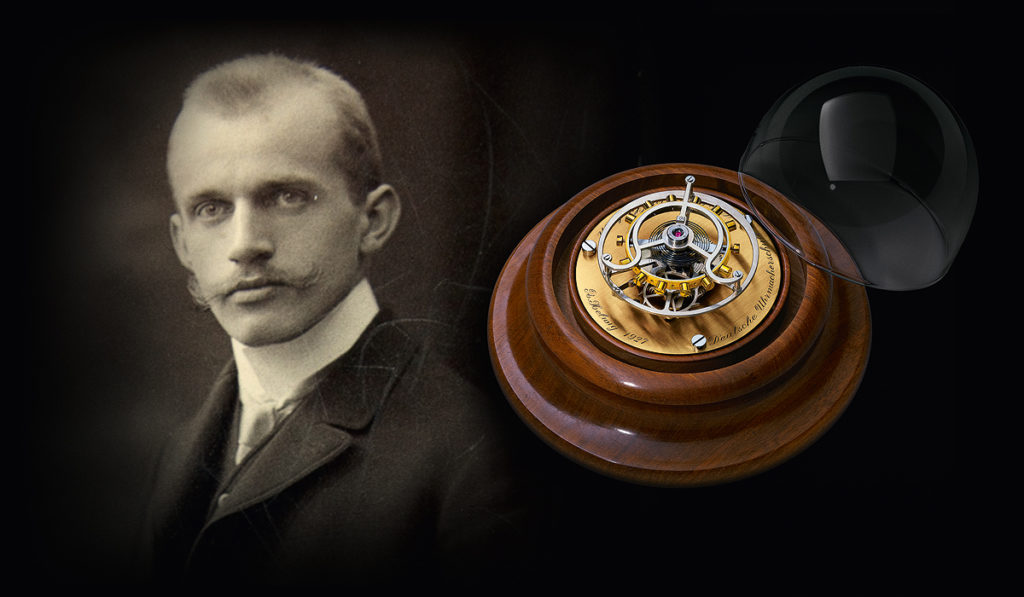
It was the Swiss who invented the tourbillon, but it was a German who taught it to fly. One of the most significant horological inventions of the 19th century, and one that would enjoy a major renaissance in the 21st, was the tourbillon, invented circa 1795 by the legendary Neuchâtel-born watchmaker Abraham-Louis Breguet. Named after the French word for “whirlwind,” the revolutionary device placed a pocketwatch’s escapement and balance inside a minuscule cage that rotated on its axis 360 degrees every 60 seconds, thus compensating for the ill effects of gravity on a timepiece’s accuracy. Breguet’s tourbillon, and those made by others subsequently after his 1801 patent expired, were designed in the original, classic style, with the rotating cage anchored by two supporting bridges, one on the movement side, the other on the dial side. It wasn’t until 1920, in the German town of Glashütte, that a new evolution of the tourbillon would emerge, one in which the cage was cantlivered, or anchored on only the bottom — thus offering, in theory, the technical bonus of a more stable rate as well as the aesthetic one of an unimpeded view into the dynamic motions of the escapement, minus the top supporting bridge. This more free- wheeling style of tourbillon — dubbed a “flying” tourbillon, and marking its 100th birthday in 2020 — was the signature achievement of Alfred Helwig, one of the most influential figures in the proud history of Glashütte watchmaking.
Both Helwig (1886-1974) and the watchmaking school that would eventually employ him as headmaster are intertwined with the major milestones and important personages that make up that history. The school was established in 1878, several decades after the small town of Glashütte, in the state of Saxony, near Dresden, had become a booming watch- making center largely thanks to the pioneering efforts of Ferdinand Adolph Lange (1815-1875), who established his eponymous firm in 1845 and spurred other entrepreneurs to follow his lead. One of these was Lange’s friend Moritz Grossmann (1826-1885), who founded his own watchmaking company in 1854 and, seeing the industry’s need to educate and train subsequent generations of horologists, established the original Deutsche Uhrmacherschule, or German Watchmaking School Glashütte, on May 1, 1878.
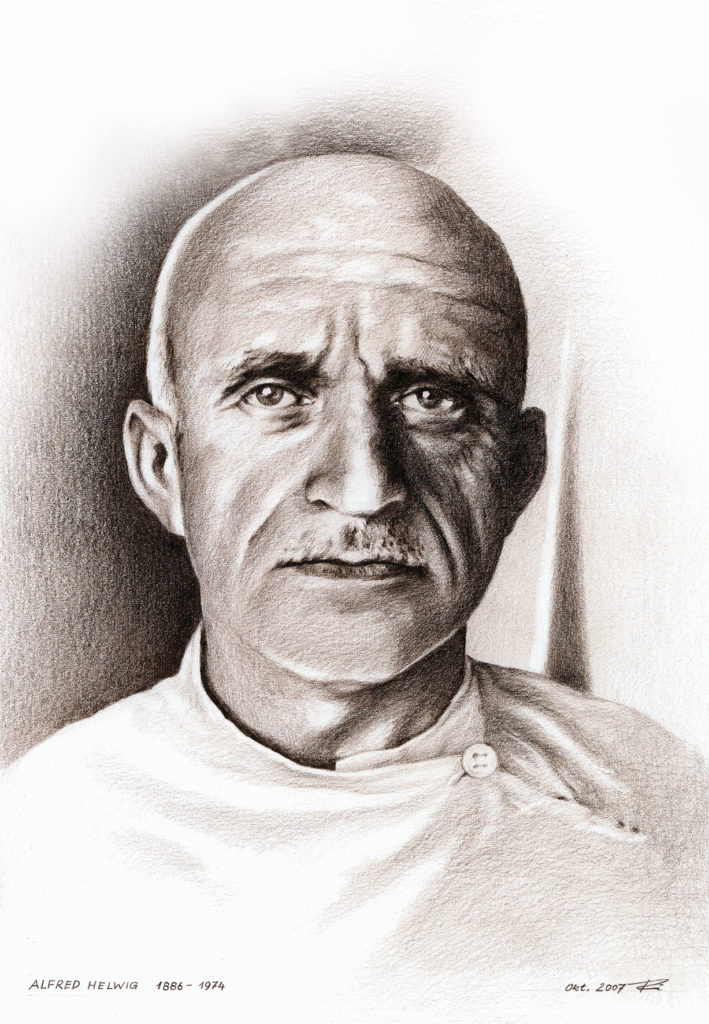
Alfred Helwig graduated from the school in 1905 and went on to ply his trade at several German watchmaking concerns, including Hamburger Chronometerwerke, which is now part of today’s Wempe, before establishing his own atelier in Glashütte in 1911. He joined the school as an instructor in 1913, at the age of 27, specializing in the art of improving accuracy in timepieces and the development of a cantilevered tourbillon, which he referred to as a “rotary gear watch.” Completed in 1920 by a group of students under Helwig’s supervision, the first flying tourbillon was submitted for testing to the German Naval Observatory in Hamburg and achieved excellent results. It proved to be a milestone invention that would inspire generations of watchmakers in the decades to come — German, Swiss and otherwise. Moreover, Helwig would go on to teach at the German Watchmaking School for 41 years, training more than 800 apprentice watchmakers. Also a prolific author, Helwig cemented his legacy by producing books on watchmaking and the teaching of watchmaking, notably Die Feinstellung der Uhren (The Fine Tuning of Watches), published in 1950.
The 20th century’s World Wars and the subsequent Cold War partitioning of Germany effectively put an end to most of the country’s watchmaking industry and to the traditional education of its young watchmakers. In 1951, with a revised curriculum, the institution became known as the School for Precision Engineering and Watch Technology Glashütte and eventually, in 1957, the Engineering School for Precision Engineering Technology Glashütte. It wasn’t until German reunification in 1989, more than a decade after Helwig died in 1974, that high watchmaking and the need for well- trained German watchmakers returned to the nation, and specifically to the Saxon town that had been that industry’s nerve center.
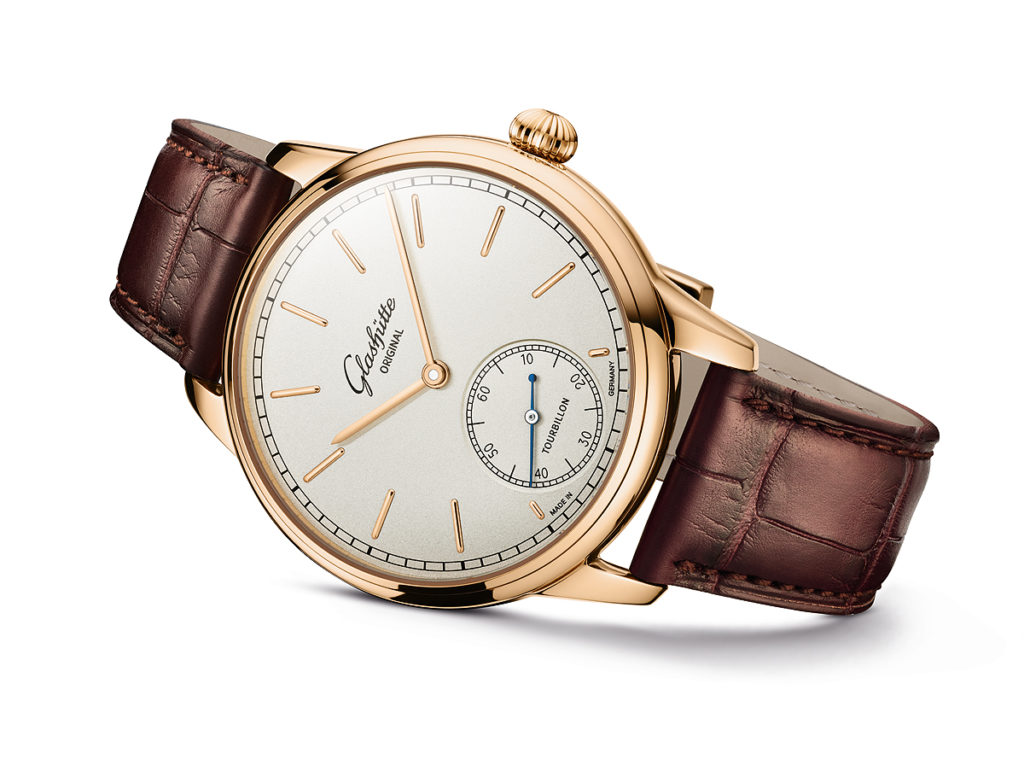
As of 2008, the historic building in central Glashütte that once housed the school now serves two purposes: as the German Watch Museum Glashütte as well as the restoration workshop for Glashütte Original, the haute horlogerie watchmaker, now owned by Switzerland’s Swatch Group, which emerged from the Cold War-era consolidation of many of Germany’s watch companies. Glashütte Original, which began operations in 1994, honored the legacy of the original school’s most prominent alumnus with its founding of the Alfred Helwig School of Watchmaking in 2002, and the museum counts among its many historically significant pieces one of the first flying tourbillon models made by Helwig and his students, circa 1927.
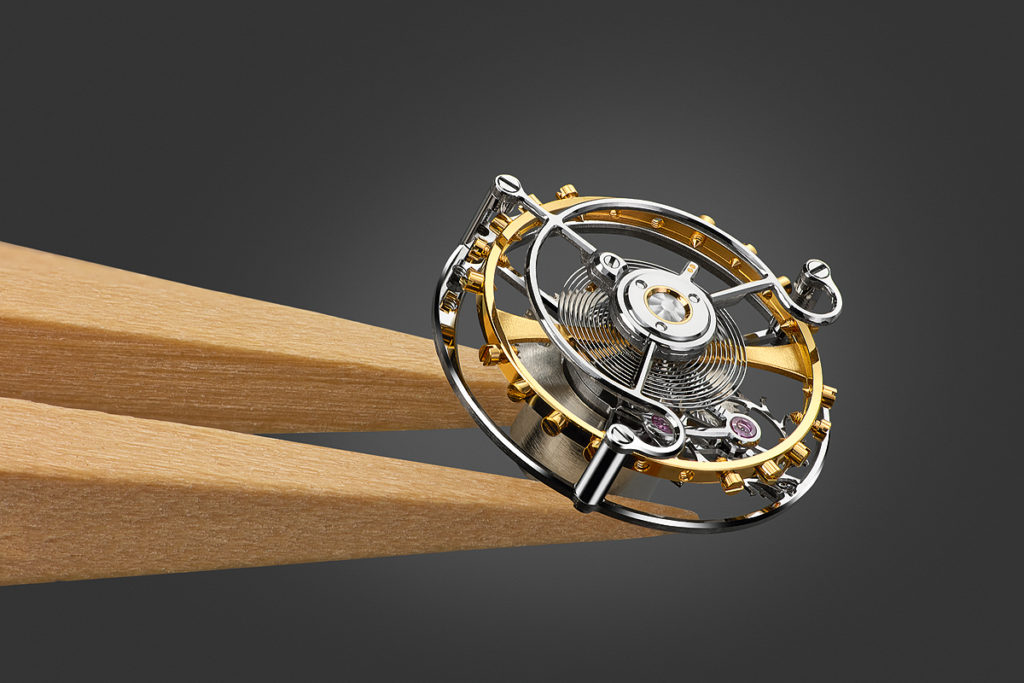
For the centennial of the first flying tourbillon, Glashütte Original released a limited-edition timepiece that is, in the grand tradition of Saxon haute horlogerie, both technically complex in its execution and soberly understated in its presentation. The Alfred Helwig Tourbillon 1920, limited to just 25 pieces, follows in the footsteps of several other timepieces over the years that have incorporated a flying tourbillon, some also branded with Helwig’s name.
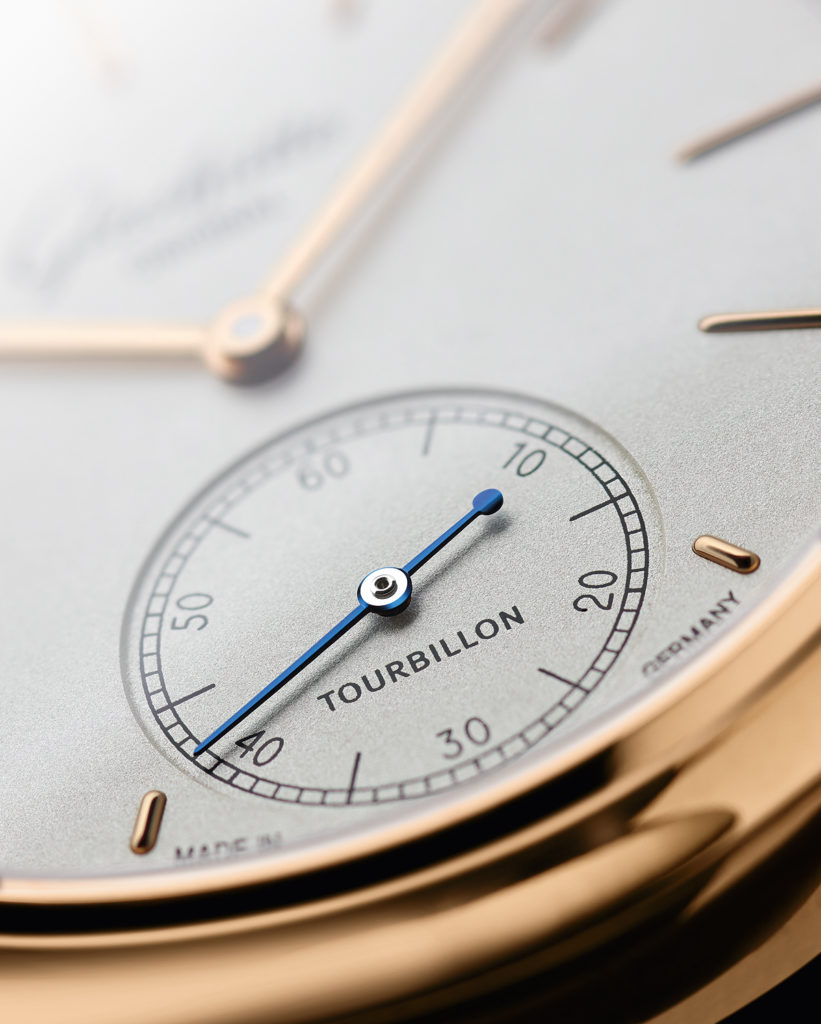
Among these was 2013’s PanoLunar Tourbillon, containing the self-winding Caliber 93- 02, which combined an off-center subdial for hours and minutes, a moon-phase display and the hallmark large “Panorama” date display with a dial-side flying tourbillon at 7 o’clock. For the Senator Tourbillon “Edition Alfred Helwig,” released in 2017, the manufacture placed the flying tourbillon at 6 o’clock and the panorama date at 12 o’clock (sans moon-phase), along with blued central hands and elegant Roman numeral hour markers, for a more symmetrically balanced aesthetic; this watch was powered by another automatic movement, Caliber 94-03. Definitely not to be described as understated was 2019’s Senator Chronometer Tourbillon Limited Edition, which was the first watch to combine a flying tourbillon, a stop-seconds mechanism with a zero reset and detent minutes in a single movement. Limited to 25 pieces, the watch was housed in a platinum case and featured an off-centered time-display subdial staged atop an exquisitely embellished movement (Caliber 58-05) with a plethora of mechanisms exposed on the dial side, including the tourbillon at 6 o’clock. All of these watches were very distinctive from each other but they all shared one aspect that the latest model does not: all were designed to display Helwig’s invention prominently on the face of the watch.
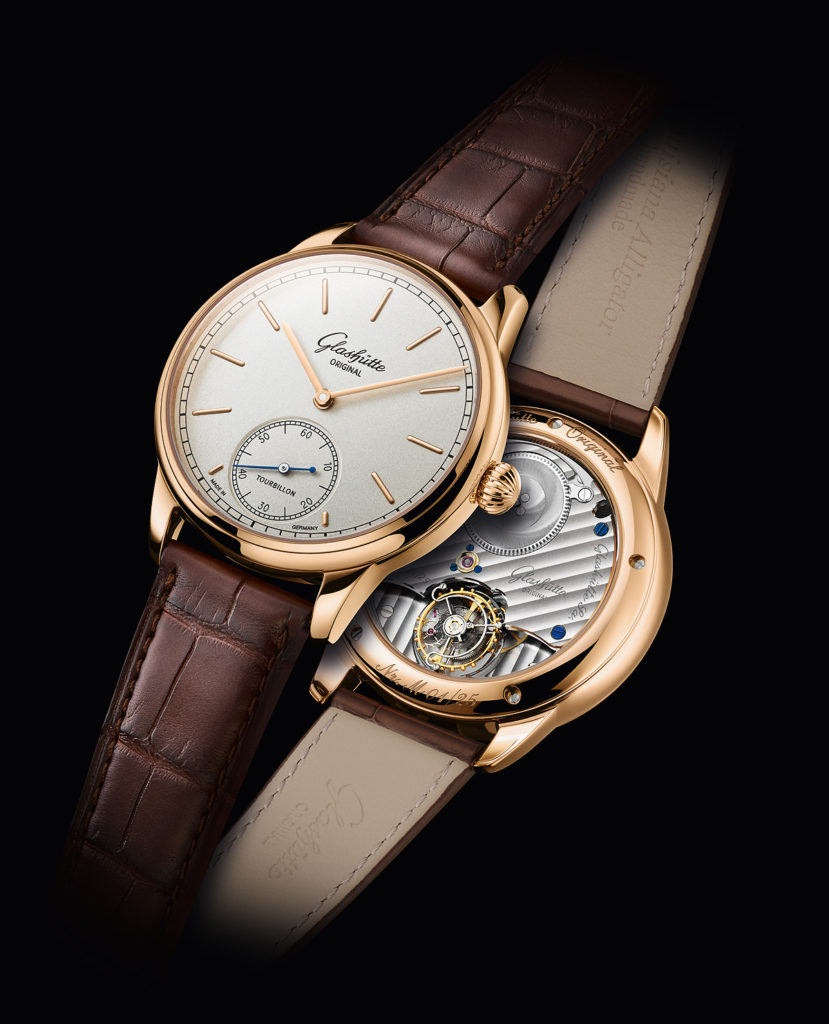
The Alfred Helwig Tourbillon 1920 features a rose-gold case measuring 40 mm in diameter and 11.6 mm thick. Its dial is made of solid gold that has been silver-plated in a friction process and is encircled by a railroad chapter ring and a set of rod-shaped applied indexes. Sweeping over the dial are two filigreed hands, also in rose gold.
Significantly, especially for those more accustomed in this modern era to seeing a watch’s tourbillon cage, especially one of the flying variety, popping out from an aperture in the dial, this timepiece’s “whirlwind” is kept elegantly under wraps. Instead, on the dial at 6 o’clock is a classical small-seconds subdial with the inscription “Tourbillon,” hosting a blued hand to tick away the seconds. In the style of Helwig’s earliest experimental models in the early 20th century, the flying tourbillon cage is placed at the back of the movement, with the balance and escapement revolving steadily on their own axis at precisely 360 degrees per minute.
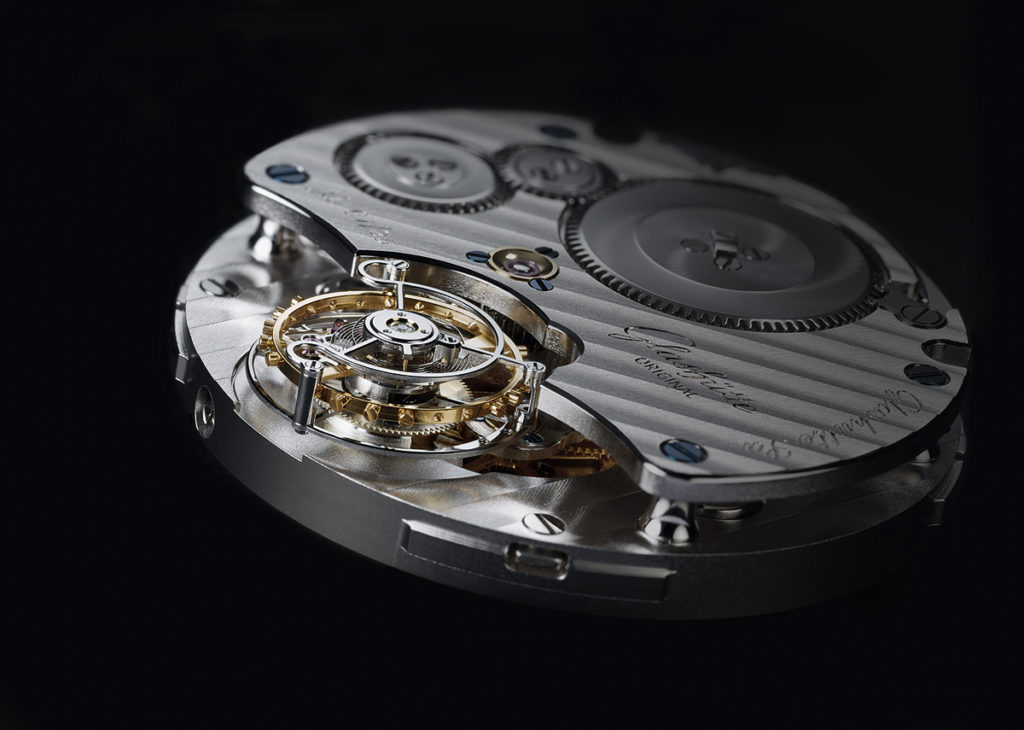
The new movement developed for the Alfred Helwig Tourbillon 1920, the manually wound Caliber 54-01, is as breathtaking in its decorative flourishes as the dial is harmonious in its classical clarity. Dominated by a three-quarter plate that is emblematic of the Glashütte style of watchmaking, its embellishments include Glashütte stripes (similar to Geneva waves) on the plate, traditionally blued screws and screw-mounted gold chatons, and numerous parts in polished steel. Embedded within the decorated three-quarter plate is a large mainspring barrel, whose cover boasts an attractive sunburst motif. Perhaps more impressive than its decoration is the barrel’s technical prowess: it holds a power reserve of 100 hours, or more than four days, when the movement is fully wound. Of course, given pride of place beneath the large plate is the filigreed flying tourbillon cage, whose balance rhythmically dances to the tune of 21,600 vph (3 Hz). The timepiece is secured to the wrist with a brown Louisiana alligator leather strap with a rose-gold pin buckle.

Spiritually anchoring this exclusive tribute timepiece to its ancestors is its place of origin. Each of the 25 pieces of the Alfred Helwig Tourbillon 1920 is produced by hand in the very same building where Helwig taught and where he and his apprentices perfected the original flying tourbillon. Time will tell if the students at today’s Alfred Helwig School of Watchmaking might produce some horological invention that will be fêted some 100 years from now.
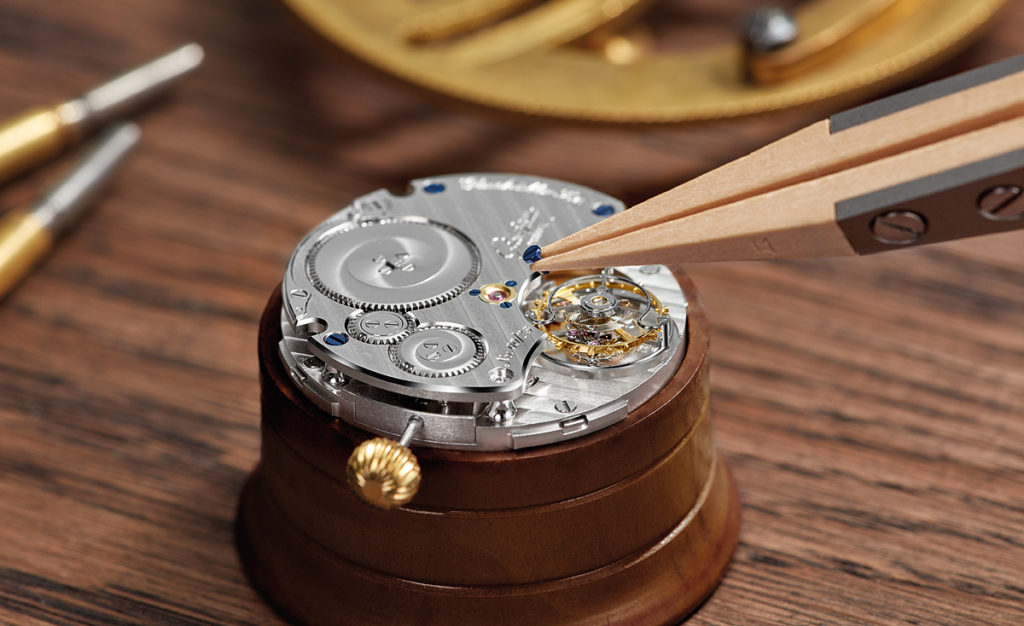
SPECS:
Manufacturer: Glashütte Original, Altenberger Strasse 1, 01768 Glashütte, Saxony, Germany
Reference number: 1-54-01-01-01-01
Functions: Hours, minutes, small seconds, flying tourbillon
Movement: Caliber 54-01, manually wound, screw balance with 10 weighted screws and 8 regulation screws, anachron balance spring, 20 jewels, frequency = 21,600 vph (3 Hz), beveled edges, polished steel parts, polished and blued screws, Glashütte three-quarter plate with Glashütte stripes, 100-hour power reserve
Case: 18k rose-gold case, sapphire crystal with nonreflective coating on both sides, sapphire exhibition caseback, water resistant to 30 m
Dial: Solid gold dial, silver plated by friction, engraved and inlaid with black color, railroad chapter ring, hour appliqués in gold
Strap and clasp: Brown Louisiana alligator leather strap with rose-gold buckle
Dimensions: Diameter = 40 mm, height = 11.6 mm
Limited edition of 25 pieces Price: $121,800
This article originally appeared in the February 2021 issue of WatchTime.

